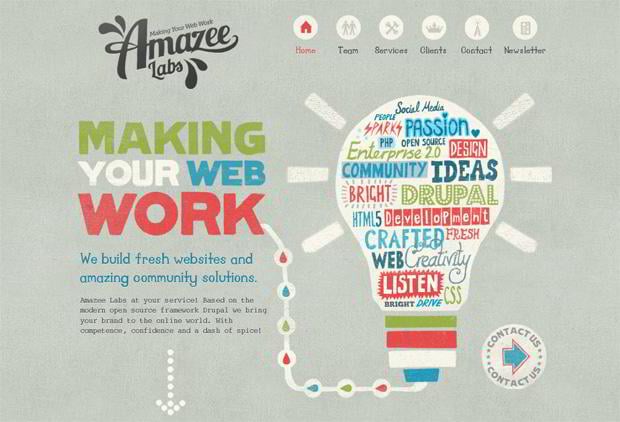Join Us As We Embark On A Trip Through Time, Discovering The Evolution Of Internet Site Style And Exactly How It Has Affected The Digital Landscape
Join Us As We Embark On A Trip Through Time, Discovering The Evolution Of Internet Site Style And Exactly How It Has Affected The Digital Landscape
Blog Article
Write-Up Author-Solis Cantu
In the past, websites were simple and concentrated on details. Navigating was direct, and style was for desktop computers. Now, user experience is vital. Data overviews styles for very easy navigating. Receptive designs fit different tools. Today, dark mode minimizes pressure, and minimal food selections improve navigation. Interactive attributes engage customers, and bold visuals stick out. AI combination increases engagement. See exactly how style has actually progressed to improve your on the internet trip.
Very Early Days of Website Design
In the very early days of website design, simpleness reigned supreme. Web sites were fundamental, with restricted shades, font styles, and formats. The focus got on giving information instead of flashy visuals. look at here now accessed the net with slow-moving dial-up links, so speed and functionality were vital.
Navigating menus were straightforward, typically located at the top or side of the web page. Websites were made for desktop, as mobile surfing had not been yet common. Material was king, and developers prioritized simple readability over complicated layout components.
HTML was the main coding language utilized, and developers had to function within its restrictions. Animations and interactive features were very little compared to today's criteria. Sites were static, with little vibrant web content or personalized user experiences.
Increase of User-Focused Design
With the evolution of web site layout, a change towards user-focused style principles has actually ended up being progressively famous. Today, producing sites that focus on customer experience is essential for engaging site visitors and achieving business objectives. User-focused style entails recognizing the demands, choices, and actions of your target audience to customize the web site's design, material, and features accordingly.
Designers currently conduct comprehensive research, such as individual studies and usability testing, to gather understandings and responses directly from customers. This data-driven approach assists in producing user-friendly navigation, clear calls-to-action, and visually enticing user interfaces that reverberate with visitors. By positioning the user at the facility of the design procedure, web sites can deliver a more tailored and satisfying experience.
Receptive design has actually also emerged as a crucial element of user-focused style, ensuring that web sites are enhanced for various tools and screen sizes. This flexibility boosts access and usability, dealing with the varied methods customers engage with web sites today. Fundamentally, the increase of user-focused style signifies a change in the direction of developing digital experiences that prioritize the needs and expectations of completion user.
Modern Trends in Website Design
Discover the current trends forming web design today. One noticeable pattern is dark setting design, supplying a smooth and modern look while lowering eye stress in low-light environments. An additional essential trend is minimal navigating, simplifying food selections and enhancing user experience by concentrating on essential elements. Incorporating micro-interactions, such as animated buttons or scrolling impacts, can produce a more appealing and interactive site. Responsive style stays essential, making sure seamless customer experiences across different devices. In addition, utilizing vibrant typography and asymmetrical formats can include visual rate of interest and accentuate details content.
Integrating AI modern technology, like chatbots for consumer assistance or tailored suggestions, enhances individual involvement and enhances procedures. Accessibility has likewise come to be a substantial fad, with developers focusing on inclusive style techniques to cater to diverse individual requirements. search engine optimisation provider by maximizing internet site efficiency for rate and effectiveness is another arising fad in website design. Working together with customer responses and data analytics to iterate and improve style constantly is important for staying pertinent in the ever-evolving electronic landscape. By accepting these modern fads, you can develop an aesthetically attractive, user-friendly site that reverberates with your audience.
Conclusion
As you assess the evolution of site layout from the very early days to now, you can see just how user-focused layout has become the driving pressure behind modern fads.
Welcome the journey of modification and adjustment in web design, always keeping the user experience at the leading edge.
Stay existing with the most up to date trends and modern technologies, and never ever quit progressing your strategy to produce visually stunning and user-friendly web sites.
Develop, adapt, and develop - the future of website design remains in your hands.
